On the same day, June 18, not only the US and Australia, but also Canada and Japan spoke out about the recent escalations in the East Sea between China and the Philippines.
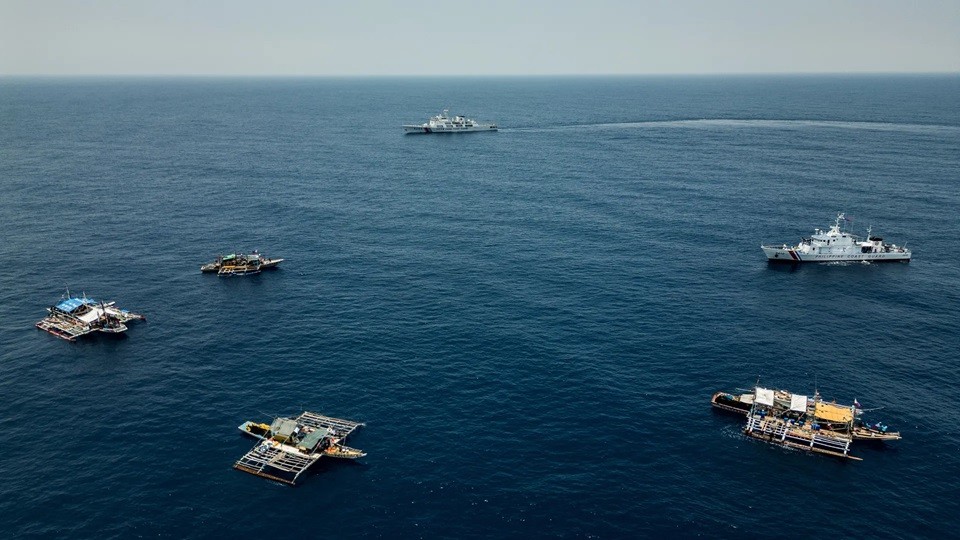 |
| Chinese and Philippine ships confront each other in the South China Sea, May 16. (Source: Getty Image) |
China's actions are inconsistent with UNCLOS
On June 18, the US warned China that Washington has an obligation to protect its close treaty ally - the Philippines - from escalating tensions with China in the East Sea.
On the same day, Canada, Australia and Japan also jointly condemned China's escalating actions in the East Sea and reaffirmed their support for the Philippines.
In a phone call on June 18, US Deputy Secretary of State Kurt Campbell discussed China’s actions with his Philippine counterpart Maria Theresa Lazaro. Both agreed that “China’s dangerous actions threaten peace and stability in the region.”
According to US State Department spokesman Matthew Miller, during the phone call, Mr. Campbell reaffirmed that, under the 1951 Mutual Defense Treaty (MDT), Washington and Manila are obligated to help defend each other in major conflicts, “involving attacks on Philippine armed forces, public vessels or aircraft – including its coast guard – anywhere in the South China Sea.”
Meanwhile, the Canadian Department of Foreign Affairs stated: “Canada condemns the dangerous and destabilizing actions taken by China against Philippine vessels. China’s use of water cannons, dangerous manoeuvres and ramming of Philippine vessels are inconsistent with China’s obligations under international law, including UNCLOS 1982. These actions endanger peace, stability and prosperity throughout the Indo-Pacific region.”
Global Affairs Canada emphasizes that the rules-based order, including the principles enshrined in the United Nations Charter, is vital and must be maintained.
Canada opposes escalation and coercion and calls for disputes to be resolved through dialogue, not by force or coercion.
Canada calls on China to comply with its obligations, including implementing the 2016 Permanent Court of Arbitration (PCA) ruling, which is binding on the parties.
In addition, the Australian Department of Foreign Affairs and Trade (DFAT) has also condemned China's recent actions. Australia expressed deep concern over the recent dangerous and illegal actions of Chinese vessels.
The statement came shortly after Chinese Premier Li Qiang concluded a four-day visit to Canberra.
Japan also shares concerns about the tense developments between China and the Philippines in the East Sea. In a statement issued by the Japanese Foreign Ministry on June 18, Tokyo strongly opposes any attempt to use force to unilaterally change the status quo in the East Sea or any action that increases tensions.
3-force strategy
On June 16-17, the US, Japan, the Philippines and Canada conducted military exercises in the East Sea to "maintain freedom of navigation and aviation" as well as "enhance regional security and stability".
The exercise involved the US guided-missile destroyer USS Ralph Johnson, the Canadian frigate HMCS Montreal, the Japanese destroyer JS Kirisame and the Philippine patrol ship BRP Andres Bonifacio.
The four-nation maritime cooperation activity includes a series of maritime operations and exercises designed to test and validate the interoperability of the armed forces' doctrines, tactics, techniques and procedures.
According to the Indo-Pacific Fleet, these exercises are conducted in accordance with international law to ensure civil maritime safety and protect the marine environment.
Recently, tensions between China and the Philippines have been escalating in the East Sea. Many times, after using militia ships and China Coast Guard (CCG) ships to deal with Philippine ships, China has mobilized naval ships. This is the three-force strategy that Beijing uses to establish and control the gray zone in the East Sea.
Analyzing China's three-force strategy, in an interview with the Vietnamese press, Dr. James Holmes (maritime strategy expert - US Naval War College) pointed out three forces including: the People's Liberation Army Maritime Militia (PAFMM), the CCG and finally the navy.
In particular, PAFMM is responsible for direct clashes with countries to increase presence in the seas. Supporting PAFMM is the CCG to intervene when being handled by other countries' official ships. Many CCG ships are equipped with powerful weapons to demonstrate and threaten official ships, fishing boats, and commercial ships of other countries.
According to Dr. Holmes, over the years, the CCG has been continuously given more power by China. The use of PAFMM and CCG will avoid the perception of military use for China, although in fact CCG ships have strong firepower. If countries use military ships to respond, Beijing can send naval ships to help demonstrate power and increase deterrence.
Source: https://baoquocte.vn/cac-nuoc-don-dap-danh-tieng-den-trung-quoc-ve-bien-dong-nhan-manh-thuong-ton-luat-phap-quoc-te-275536.html












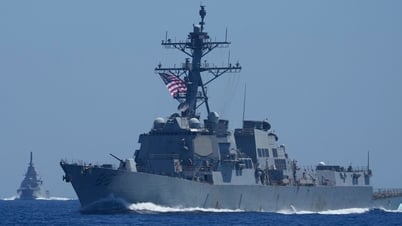






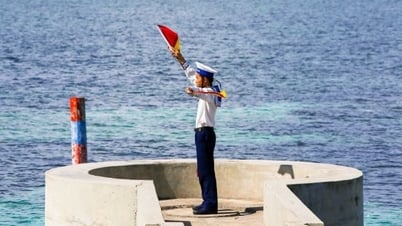
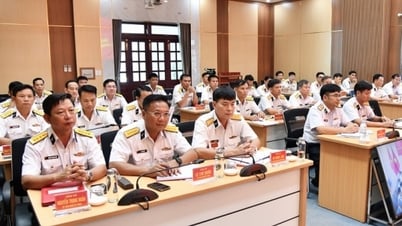
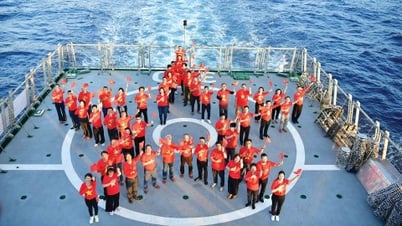
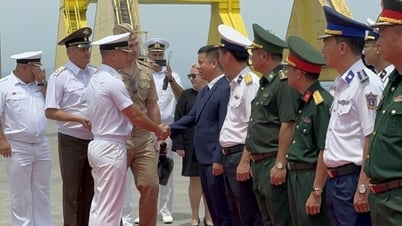
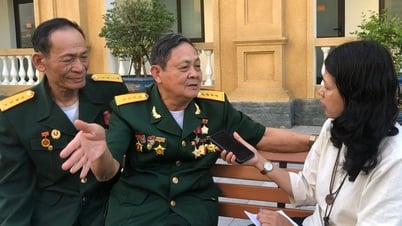










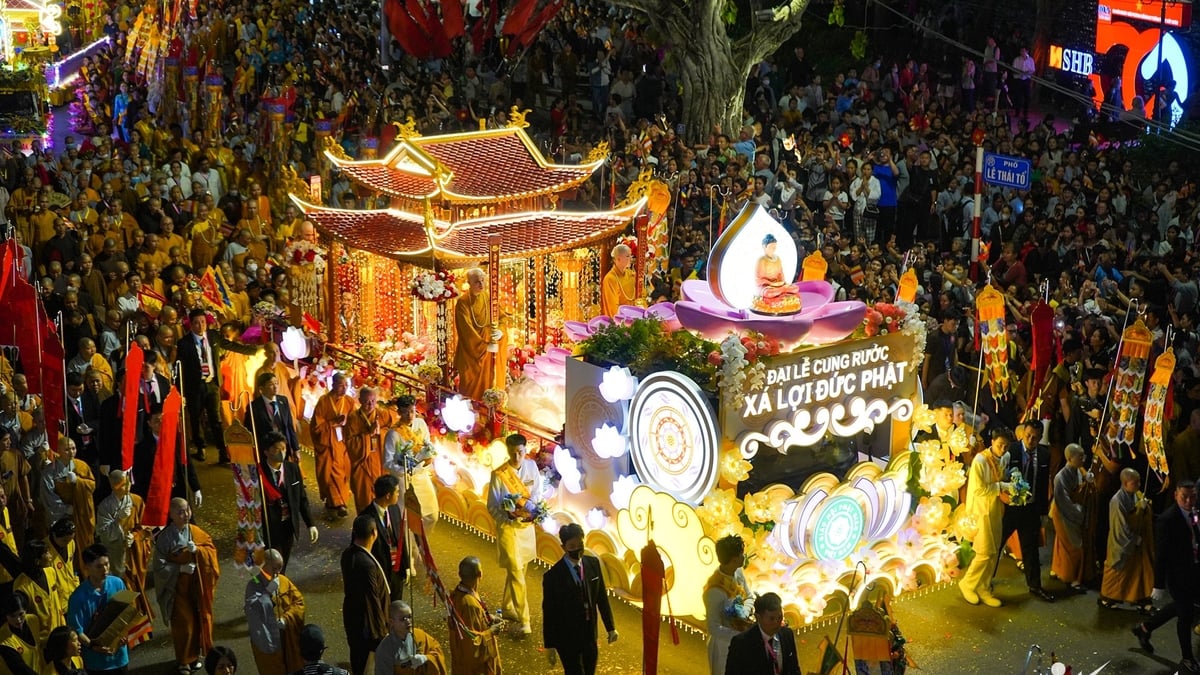


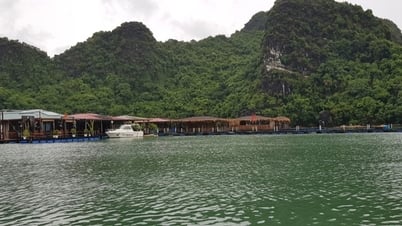


























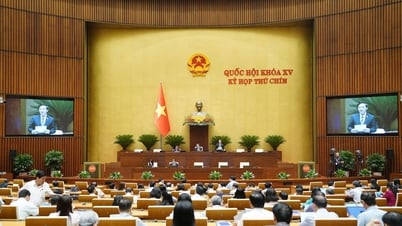



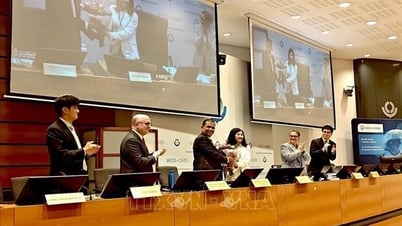






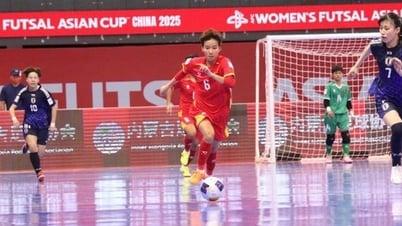
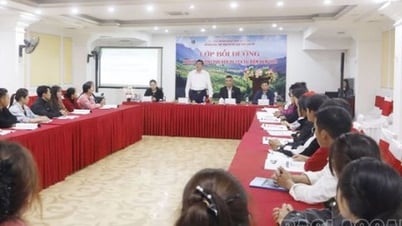
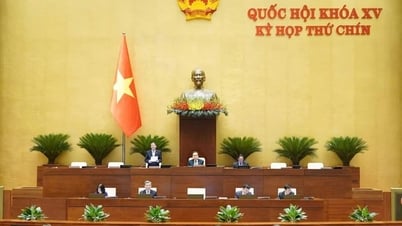





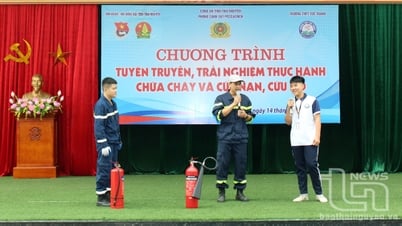



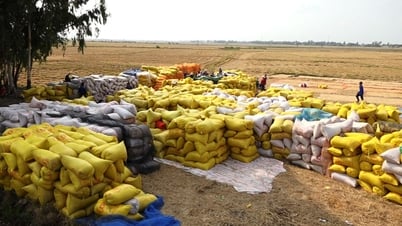













Comment (0)